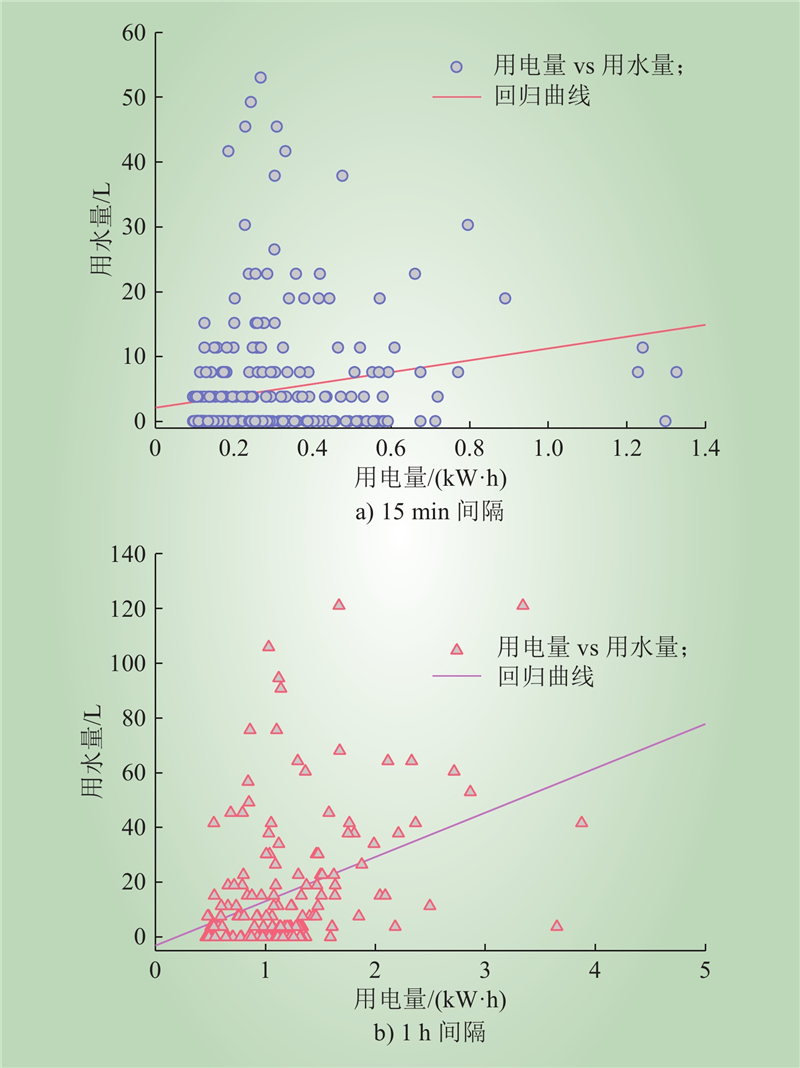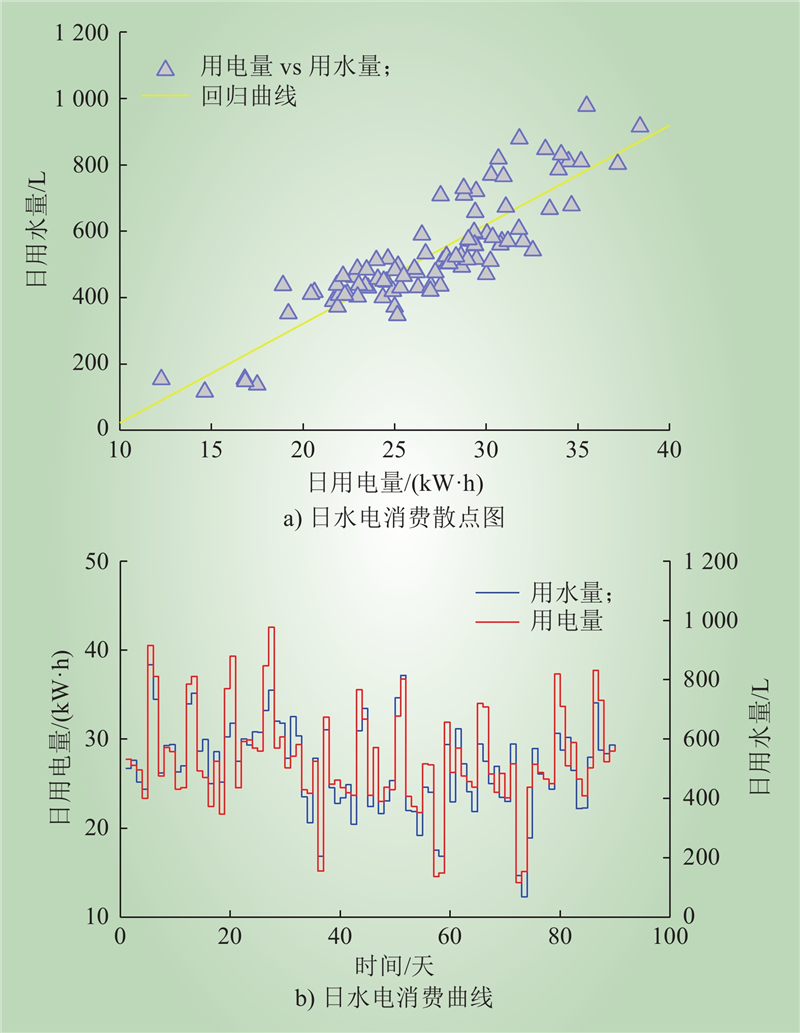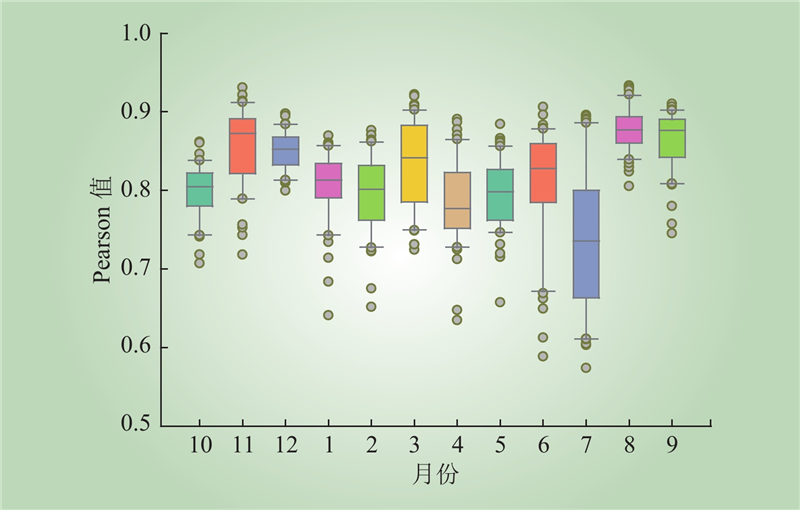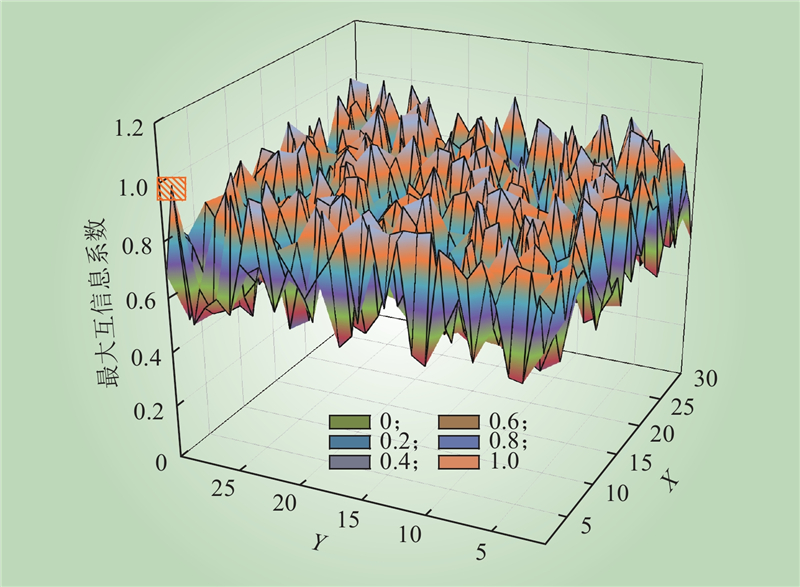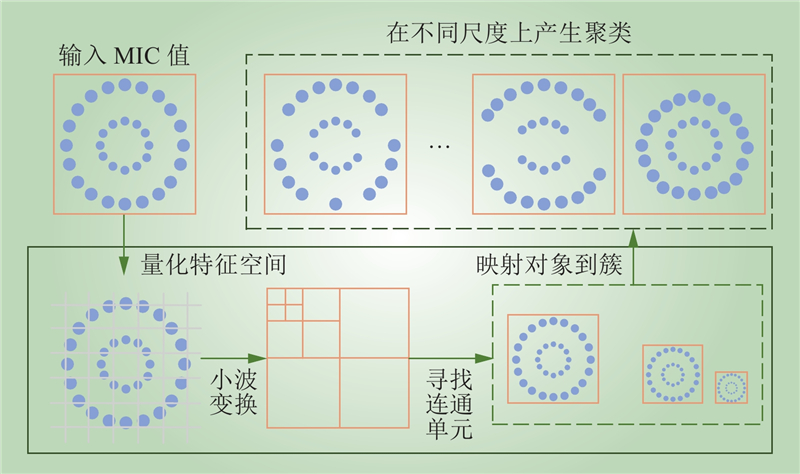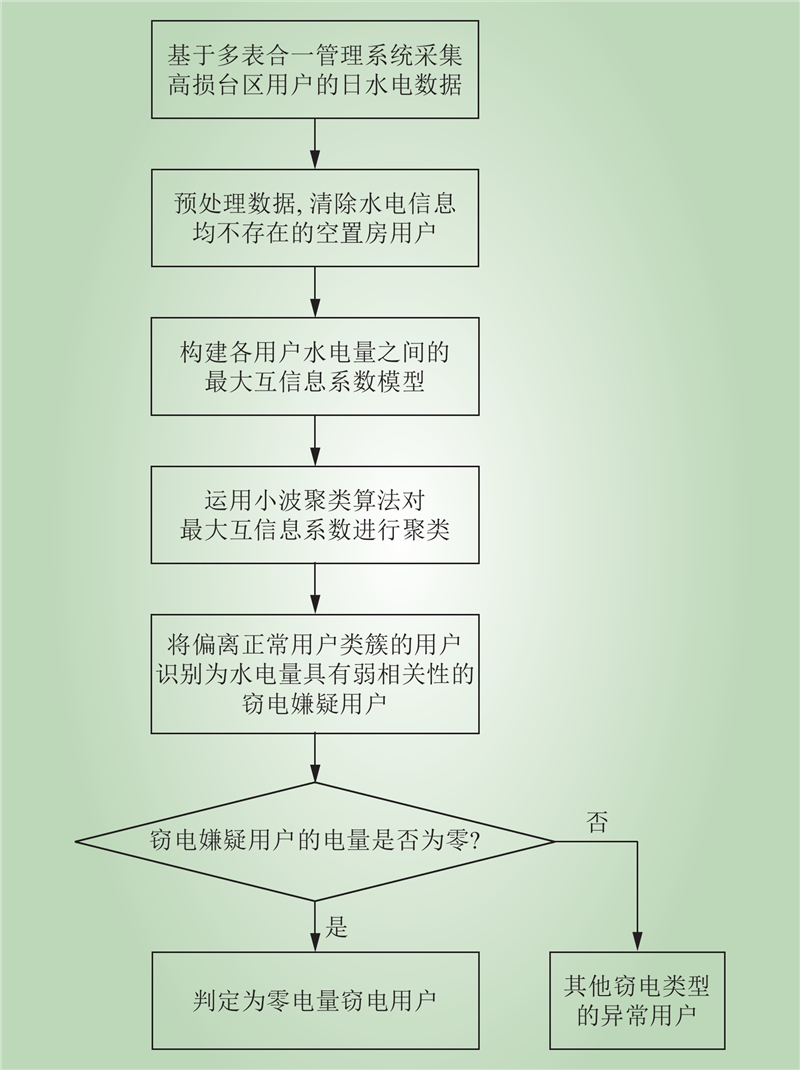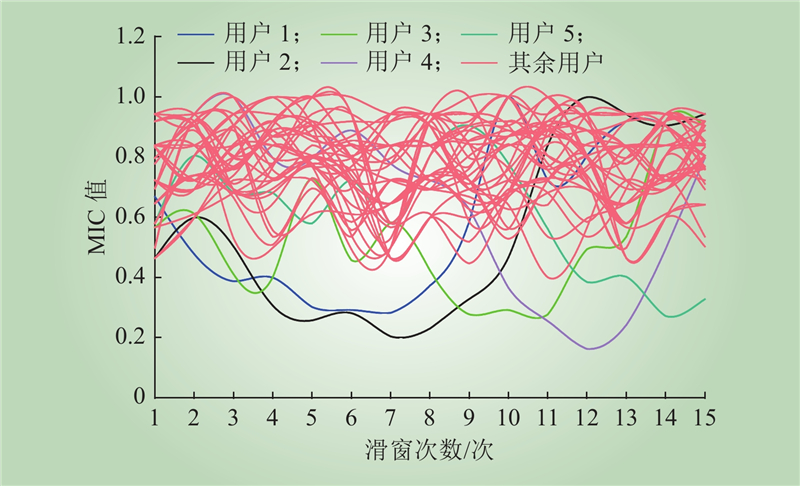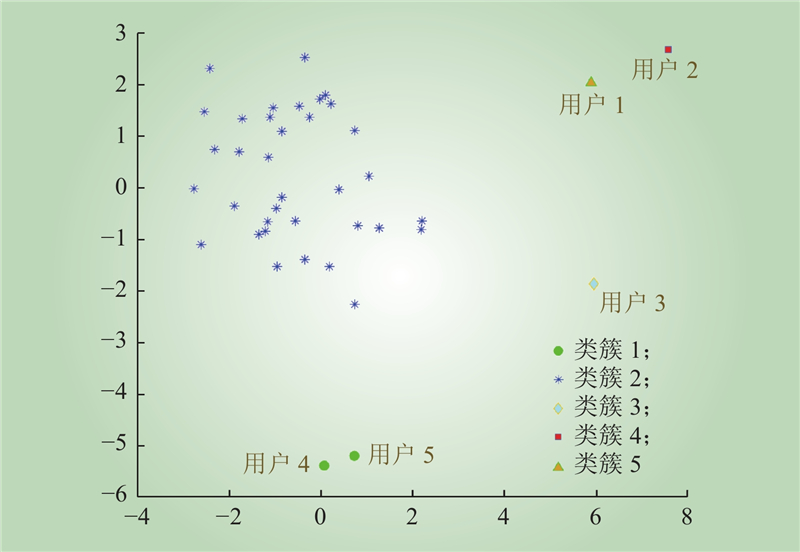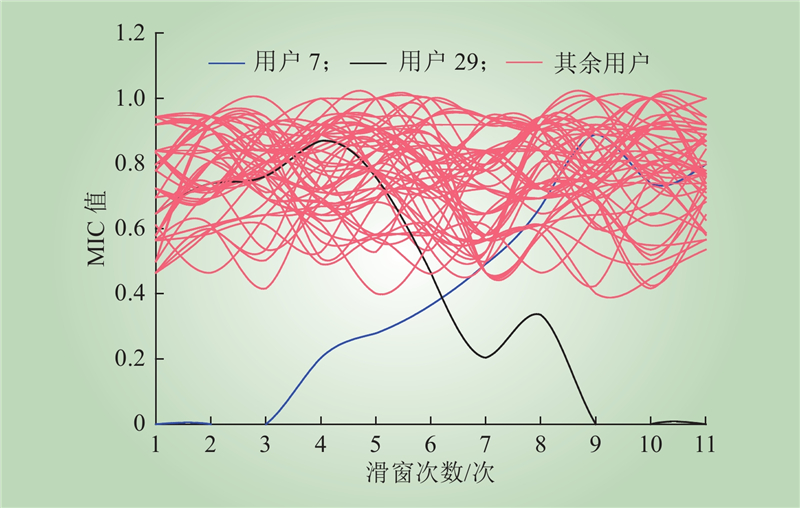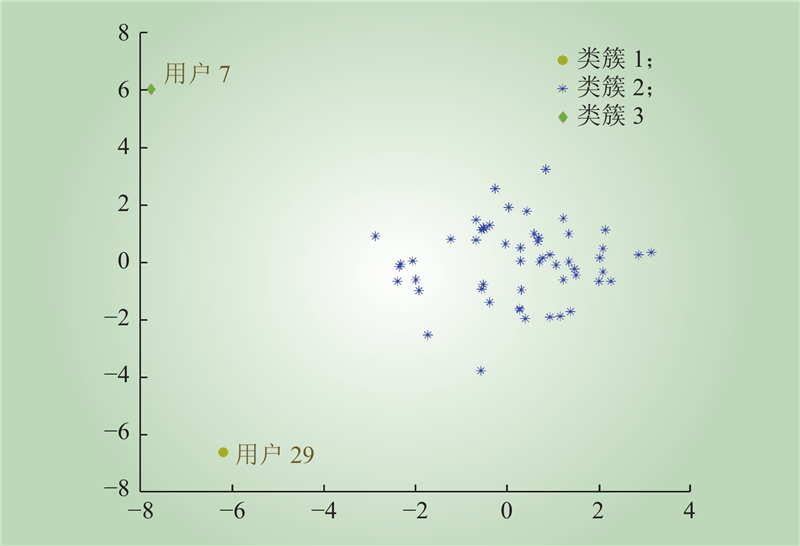| 1 |
ZHENG Z B, YANG Y T, NIU X D, et al. Wide and deep convolutional neural networks for electricity-theft detection to secure smart grids[J]. IEEE Transactions on Industrial Informatics, 2018, 14 (4): 1606- 1615.
DOI
|
| 2 |
殷涛, 薛阳, 杨艺宁, 等. 基于向量自回归模型的高损线路窃电检测[J]. 中国电机工程学报, 2022, 42 (3): 1015- 1024.
DOI
|
|
YIN Tao, XUE Yang, YANG Yining, et al. Electricity theft detection of high-loss line with vector autoregression[J]. Proceedings of the CSEE, 2022, 42 (3): 1015- 1024.
DOI
|
| 3 |
段俊峰, 李宁, 唐求, 等. 基于CK-GPR的多应力环境智能电表剩余寿命预测[J]. 仪器仪表学报, 2021, 42 (4): 102- 110.
DOI
|
|
DUAN Junfeng, LI Ning, TANG Qiu, et al. Remaining useful life prediction of smart meter based on CK-GPR in multi-stress environment[J]. Chinese Journal of Scientific Instrument, 2021, 42 (4): 102- 110.
DOI
|
| 4 |
滕伟, 黄乙珂, 吴仕明, 等. 基于XGBoost与LSTM的风力发电机绕组温度预测[J]. 中国电力, 2021, 54 (6): 95- 103.
DOI
|
|
TENG Wei, HUANG Yike, WU Shiming, et al. Wind turbine generator winding temperature prediction based on XGBoost and LSTM[J]. Electric Power, 2021, 54 (6): 95- 103.
DOI
|
| 5 |
陈启鑫, 郑可迪, 康重庆, 等. 异常用电的检测方法: 评述与展望[J]. 电力系统自动化, 2018, 42 (17): 189- 199.
DOI
|
|
CHEN Qixin, ZHENG Kedi, KANG Chongqing, et al. Detection methods of abnormal electricity consumption behaviors: review and prospect[J]. Automation of Electric Power Systems, 2018, 42 (17): 189- 199.
DOI
|
| 6 |
杨艺宁, 薛阳, 徐英辉, 等. 基于行业特性的路灯用电异常检测方法[J]. 电力科学与技术学报, 2021, 36 (3): 165- 173.
DOI
|
|
YANG Yining, XUE Yang, XU Yinghui, et al. Sector electricity consumption behavior features based abnormal electricity consumption detection method for street lamps[J]. Journal of Electric Power Science and Technology, 2021, 36 (3): 165- 173.
DOI
|
| 7 |
金晟, 苏盛, 曹一家, 等. 基于格兰杰归因分析的高损台区窃电检测[J]. 电力系统自动化, 2020, 44 (23): 82- 89.
DOI
|
|
JIN Sheng, SU Sheng, CAO Yijia, et al. Electricity-theft detection for high-loss distribution area based on granger causality analysis[J]. Automation of Electric Power Systems, 2020, 44 (23): 82- 89.
DOI
|
| 8 |
刘康, 李彬, 薛阳, 等. 基于传递熵密度聚类的用户窃电识别方法[J]. 中国电机工程学报, 2022, 42 (20): 7535- 7546.
DOI
|
|
LIU Kang, LI Bin, XUE Yang, et al. User electric theft detection method based on transfer entropy density clustering[J]. Proceedings of the CSEE, 2022, 42 (20): 7535- 7546.
DOI
|
| 9 |
唐冬来, 刘友波, 熊智临, 等. 基于时空关联矩阵的配电台区反窃电预警方法[J]. 电力系统自动化, 2020, 44 (19): 168- 176.
DOI
|
|
TANG Donglai, LIU Youbo, XIONG Zhilin, et al. Early warning method of electricity anti-theft in distribution station area based on spatiotemporal correlation matrix[J]. Automation of Electric Power Systems, 2020, 44 (19): 168- 176.
DOI
|
| 10 |
吴迪. 基于曲线相似性分析的窃电用户判断[J]. 中国电力, 2017, 50 (2): 181- 184.
DOI
|
|
WU Di. Electricity theft identification method based on curve similarity[J]. Electric Power, 2017, 50 (2): 181- 184.
DOI
|
| 11 |
ZHENG K D, CHEN Q X, WANG Y, et al. A novel combined data-driven approach for electricity theft detection[J]. IEEE Transactions on Industrial Informatics, 2019, 15 (3): 1809- 1819.
DOI
|
| 12 |
章博, 卢峰, 董寒宇, 等. 基于决策树和数据驱动的零电量用户筛选方法[J]. 山东大学学报(工学版), 2019, 49 (5): 29- 36.
|
|
ZHANG Bo, LU Feng, DONG Hanyu, et al. None-consumption users filtering algorithm based on decision tree and data-driven methods[J]. Journal of Shandong University (Engineering Science), 2019, 49 (5): 29- 36.
|
| 13 |
金晟, 苏盛, 薛阳, 等. 数据驱动窃电检测方法综述与低误报率研究展望[J]. 电力系统自动化, 2022, 46 (1): 3- 14.
|
|
JIN Sheng, SU Sheng, XUE Yang, et al. Review on data-driven based electricity theft detection method and research prospect for low false positive rate[J]. Automation of Electric Power Systems, 2022, 46 (1): 3- 14.
|
| 14 |
中国电力企业联合会. 电、水、气、热能源计量管理系统 第1部分: 总则: T/CEC 122.1—2016[S]. 2017.
|
| 15 |
王新刚, 赵舫, 朱文君. 基于综合能源计量数据的区域用能特性分析[J]. 中国电力, 2022, 55 (9): 140- 145.
|
|
WANG Xingang, ZHAO Fang, ZHU Wenjun. Pattern analysis of regional energy consumption based on integrated energy measurement data[J]. Electric Power, 2022, 55 (9): 140- 145.
|
| 16 |
黄瑞, 刘谋海, 陈向群, 等. 基于递阶结构的多表合一能源计量系统运行状态综合评价方法[J]. 电测与仪表, 2023, 60 (8): 187- 193.
|
|
HUANG Rui, LIU Mouhai, CHEN Xiangqun, et al.. Comprehensive evaluation method of multi-meter integrated energy metering operating state based on hierarchical structure[J]. Electrical Measurement & Instrumentation, 2023, 60 (8): 187- 193.
|
| 17 |
孟燕霞. 最大信息系数算法研究[D]. 太原: 太原理工大学, 2019.
|
|
MENG Yanxia. The maximal information coefficient algorithm research[D]. Taiyuan: Taiyuan University of Technology, 2019.
|
| 18 |
王月. 最大信息系数的算法分析及改进[D]. 西安: 西安电子科技大学, 2019.
|
|
WANG Yue. Algorithm analysis and improvement of the maximal information coefficient[D]. Xi'an: Xidian University, 2019.
|
| 19 |
赵雅雪, 王旭, 蒋传文, 等. 基于最大信息系数相关性分析和改进多层级门控LSTM的短期电价预测方法[J]. 中国电机工程学报, 2021, 41 (1): 135- 146, 404.
DOI
|
|
ZHAO Yaxue, WANG Xu, JIANG Chuanwen, et al. A novel short-term electricity price forecasting method based on correlation analysis with the maximal information coefficient and modified multi-hierachy gated LSTM[J]. Proceedings of the CSEE, 2021, 41 (1): 135- 146, 404.
DOI
|
| 20 |
RESHEF D N, RESHEF Y A, FINUCANE H K, et al. Detecting novel associations in large data sets[J]. Science, 2011, 334 (6062): 1518- 1524.
DOI
|
| 21 |
薛阳, 张宁, 吴海东, 等. 基于UTCI-MIC与振幅压缩灰色模型的用户侧微电网短期负荷预测方法[J]. 电网技术, 2020, 44 (2): 556- 563.
DOI
|
|
XUE Yang, ZHANG Ning, WU Haidong, et al. Short-term load forecasting method for user side microgrid based on UTCI-MIC and amplitude compression grey model[J]. Power System Technology, 2020, 44 (2): 556- 563.
DOI
|
| 22 |
孙广路, 宋智超, 刘金来, 等. 基于最大信息系数和近似马尔科夫毯的特征选择方法[J]. 自动化学报, 2017, 43 (5): 795- 805.
DOI
|
|
SUN Guanglu, SONG Zhichao, LIU Jinlai, et al. Feature selection method based on maximum information coefficient and approximate Markov blanket[J]. Acta Automatica Sinica, 2017, 43 (5): 795- 805.
DOI
|
| 23 |
刘晓波, 邵伟芹, 张明明, 等. 基于双网格校正小波聚类的转子故障诊断[J]. 计算机集成制造系统, 2017, 23 (9): 1883- 1890.
DOI
|
|
LIU Xiaobo, SHAO Weiqin, ZHANG Mingming, et al. Rotor fault diagnosis based on double grid corrected wavecluster algorithm[J]. Computer Integrated Manufacturing Systems, 2017, 23 (9): 1883- 1890.
DOI
|
| 24 |
沈沉, 秦建, 盛万兴, 等. 基于小波聚类的配变短期负荷预测方法研究[J]. 电网技术, 2016, 40 (2): 521- 526.
DOI
|
|
SHEN Chen, QIN Jian, SHENG Wanxing, et al. Study on short-term forecasting of distribution transformer load using wavelet and clustering method[J]. Power System Technology, 2016, 40 (2): 521- 526.
DOI
|
| 25 |
张明明. 基于双网格校正小波聚类的航空发动机转子系统振动故障诊断[D]. 南昌: 南昌航空大学, 2016.
|
|
ZHANG Mingming. The aero engine rotor system's vibration fault diagnosis based on the double grid corrected wave cluster algorithm[D]. Nanchang: Nanchang Hangkong University, 2016.
|
| 26 |
左红艳, 刘晓波, 洪连环. 用于转子故障诊断的改进小波聚类算法[J]. 振动 测试与诊断, 2018, 38 (2): 320- 326, 420.
|
|
ZUO Hongyan, LIU Xiaobo, HONG Lianhuan. Improved wave cluster method for rotor fault diagnosis[J]. Journal of Vibration, Measurement & Diagnosis, 2018, 38 (2): 320- 326, 420.
|


